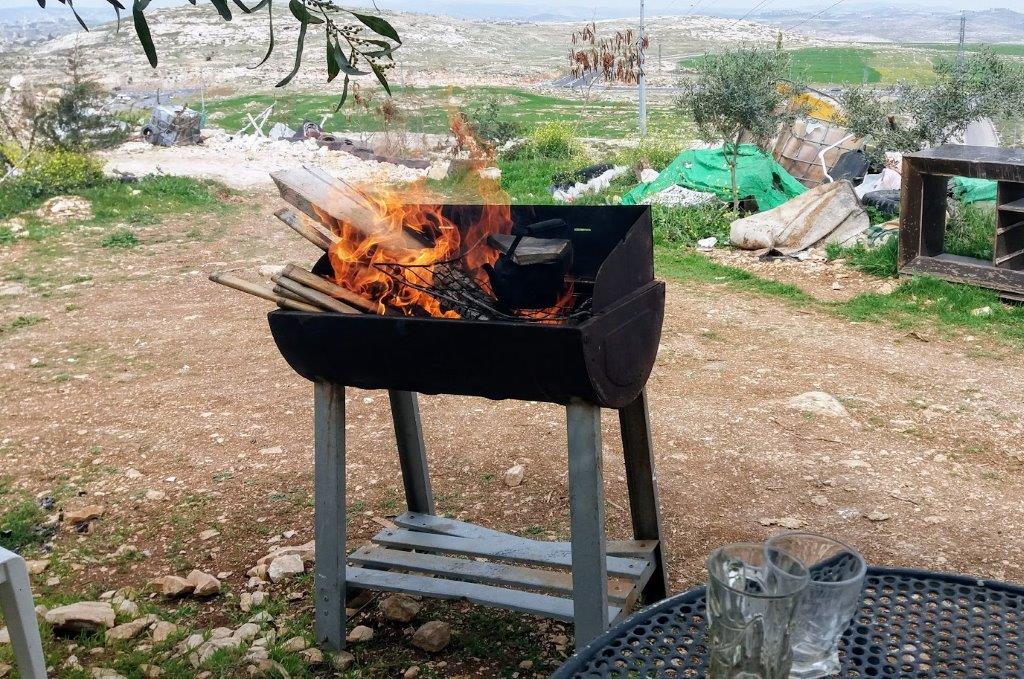
Schwartz’s classification
The Israeli social psychologist Shalom Schwartz has studied personal values since the eighties in over 70 countries. His work was incorporated in the European Social Survey. He initially was concerned with values on the individual level, and only in recent years started to study the country level (Schwartz, 2011). He first described ten types of universal values: achievement, benevolence, conformity, hedonism, power, security, self-direction, stimulation, tradition, and universalism (Schwartz, 1992). He then provided a map of values on the country-level that is dissimilar from the one he developed for the individual level, and more sophisticated than the one suggested by Inglehart (Schwartz, 2006). Measured with the widely used Schwartz Value Survey, value orientations showed substantial structural similarity across individual and country levels (Fischer et al., 2010).
In his map of country-level values, Schwartz (2011) depicts three cultural dimensions. The first dimension, autonomy versus embeddedness, refers to the relationship between the person and the group.
In autonomy cultures, people are viewed as autonomous, bounded entities. They should cultivate and express their own preferences, feelings, ideas, and abilities, and find meaning in their own uniqueness. There are two types of autonomy: Intellectual autonomy encourages individuals to pursue their own ideas and intellectual directions independently. […] Affective autonomy encourages individuals to pursue affectively positive experience for themselves. […] In cultures with an emphasis on embeddedness, people are viewed as entities embedded in the collectivity. Meaning in life comes largely through social relationships, through identifying with the group, participating in its shared way of life, and striving toward its shared goals (p. 140).







